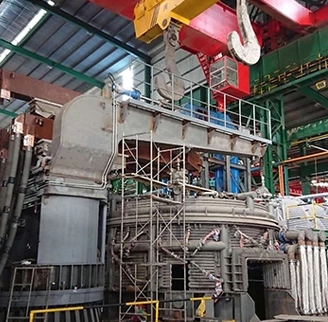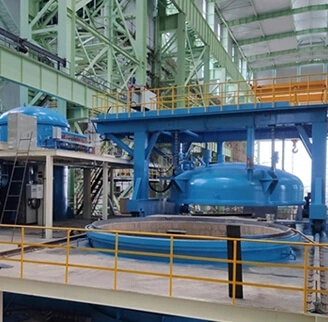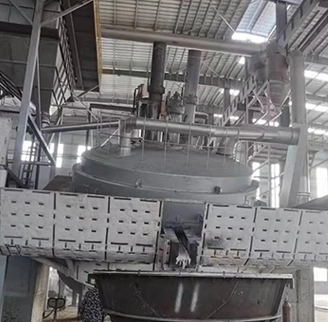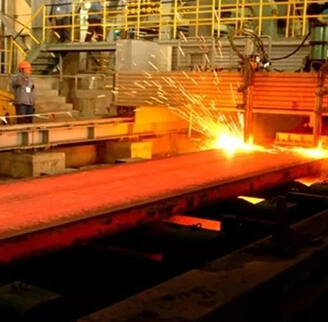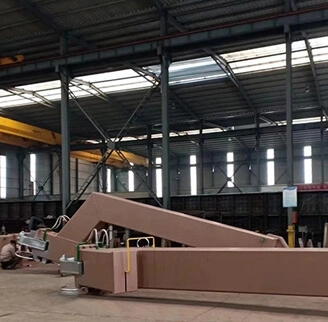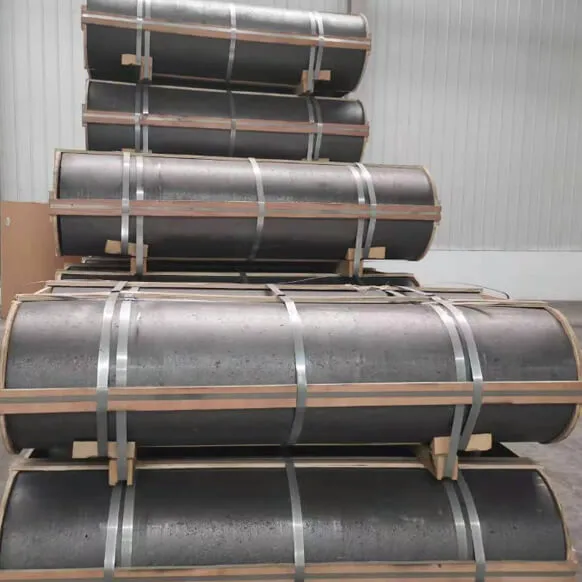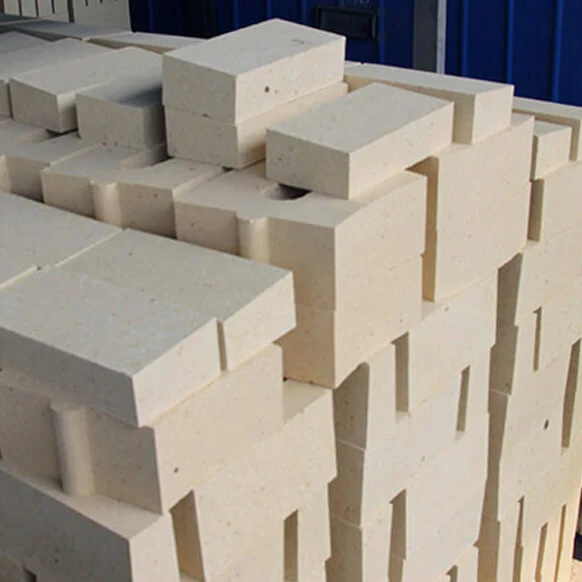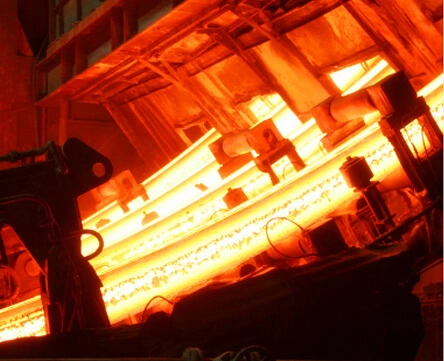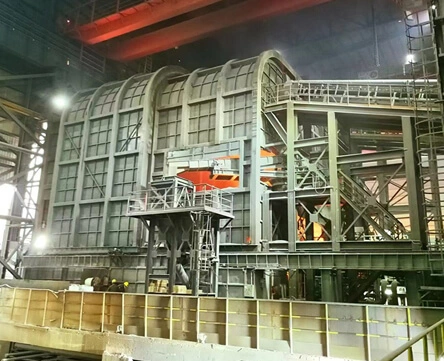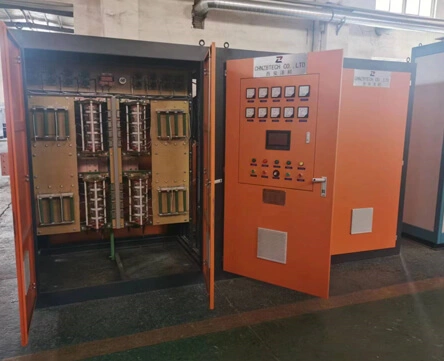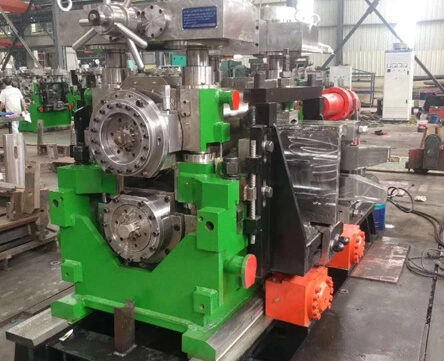The furnace wall is divided into general furnace walls, slag line areas, and hot spots near the arc. Generally, furnace walls are mainly built with magnesia bricks, dolomite bricks, and magnesia bricks, and there are also cases where unburned magnesia alkaline bricks and asphalt are combined with magnesia and dolomite ramming materials. The walls of electric arc furnaces for ultra-high power or special steel smelting are built with magnesium chromium bricks and high-quality magnesium bricks.
The slag line area and hot spots are the weak links of the furnace wall. Due to the fact that the lifespan of the furnace wall mainly depends on the degree of damage to the hot spot area, special attention should be paid to the furnace lining in this area. In the early stages, magnesium chromium bricks were often used for masonry, with a lifespan of 100-250 heats. Nowadays, magnesium carbon bricks are widely used for masonry, which can demonstrate excellent high-temperature resistance and slag resistance. The service life has significantly improved, reaching over 300 heats.
In order to balance the damage to the furnace wall and extend its service life, measures such as embedding a water-cooled box or water-cooled jacket are also adopted for the furnace wall. The inner surface of the furnace wall is sprayed with a layer of refractory coating to form a protective layer of slag, which can effectively reduce the unit consumption of refractory materials, but the corresponding energy consumption is increased.
Bottom of EAF, ramming lining should be made of good magnesia or fused magnesia. During construction, attention should be paid to the connection and interlocking of each layer, and the thickness and density of each layer should be consistent. There should be a working layer and a permanent lining below the ramming layer. The working layer should be constructed using tar asphalt combined with magnesium bricks, and the permanent lining should mostly be constructed using magnesium bricks. In the slag line area above the embankment slope, due to severe slag erosion, lining bricks that are the same or similar to the hot spot area of the furnace wall are often used, such as cast magnesium chromium bricks or combined with magnesium chromium bricks for masonry. It is better to use magnesium carbon bricks.
The current method of using an eccentric tapping hole at the bottom of the furnace is to change the furnace body from tilting to fixed, and set a tapping hole at the eccentric position of the furnace bottom to replace the tapping groove. Its advantages are: canceling tilting equipment, expanding the area of the water-cooled wall, alleviating furnace lining damage, appropriately reducing the tapping temperature and shortening the tapping time, thereby reducing costs. This furnace auxiliary equipment is made of asphalt impregnated and fired magnesia brick, the pipe brick is made of resin bonded magnesia carbon brick with a carbon content of 15%, and the end brick is made of resin bonded magnesia carbon brick with a carbon content of 10% -15%, and the resin bonded ALO-C-SiC brick with a carbon content of 15%. To ensure smooth steel tapping, coarse sand based on olivine is often used as the drainage material.
Graphite electrode for EAF and LF meting usually can be divided into RP, HP, UHP base on different power and current. Product Name: UHP graphite electrode.
 back homepage
back homepage
 EN
EN
 fr
fr  ar
ar  fa
fa 